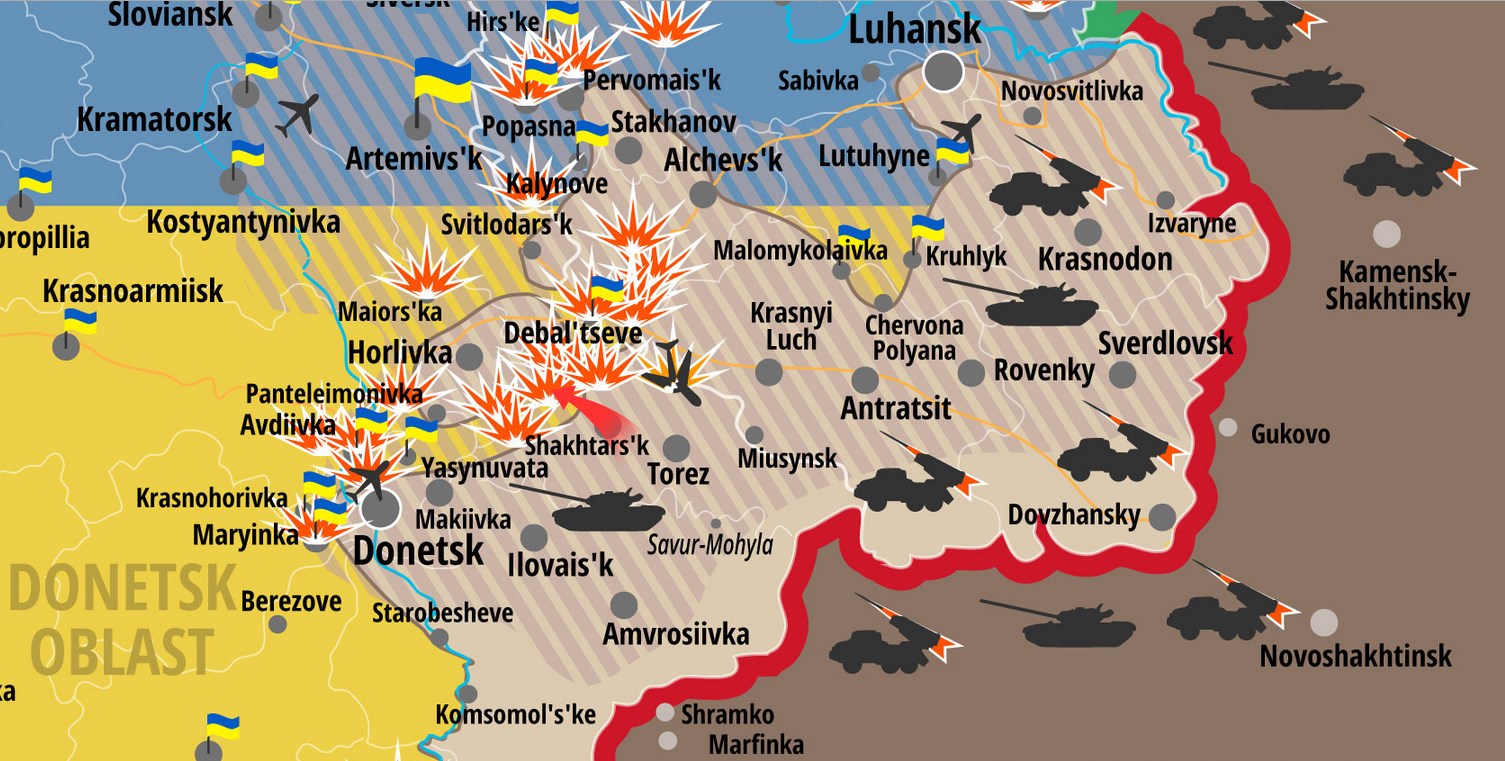WHAT ARE THAT?
The peoples listed here should be sought not only in Europe, but also on other continents: in Asia, Africa, America. They occur at different times and play a different role in history. Some have fulfilled the civilization mission, others brought destruction with them. Some of them left behind monuments of art and architecture, and from the excavations we can judge the high level of culture of their everyday life, others, having not attained this degree of development, were destroyed or melted into a mass foreign to the origin of the population. To answer these questions, one must remember ancient history as well, and the journeys of peoples, and medieval history of Poland, i… Anyway, you'll see for yourself.
1. The Jadzwings
2. Etruscans
3. Wallachians
4. Lucys
5. Vikings
6. Hittites
7. Moors
8. Huns
9. Phoenicians
10. Aztecs
Answers:
1. The Jadzwings, a Prussian tribe settled in Podlasie, they appeared in the historical audience at the turn of the 12th and 13th centuries. They dealt with hunting and fishing. They did not create their own state, but they attacked the border lands of Mazovia and Ruthenia. The last attack of the Jadzwing family on the Lublin region in 1282 R. ended with a great defeat inflicted on them by Leszek Czarny. They have since disappeared from the pages of history.
2. The Etruscans came to Italy from Little Asia and around 1000 year BCE. they settled in present-day Tuscany. They formed loose relationships with each other for common political goals and did not have a strong central authority. Kings ruled over them, and the population was divided into mighty nobility and servants, which cultivated its land. They had highly placed agriculture and developed metal crafts.
3. Wallachians were a pastoral people who survived in inaccessible mountains from the Pindus Mountains to the Transylvanian Carpathians, descended from the local population of Goth and Thracian. They descended with time from the mountains and very quickly spawned first in Wallachia, later in Moldova. Wallachian shepherds took possession of the mountains. They founded villages under the Wallachian law, they reached Poland and Moravia.
4. Lucys (Wilcy, Welets), a tribe of the old Western Slavs, they inhabited the lands between the lower Oder and the Elbe. They were brave and defended themselves against the German flood for a long time. They were conquered only in the mid-12th century. by Albrecht the Bear, after the founding of the Brandenburg Marchia.
5. The Vikings were Scandinavian sea peoples, also known as Varangians and Normans. Between the eighth and tenth centuries, they left their homes and traveled on small agile ships to foreign shores, and also far inland. They even appeared in the Mediterranean Sea, On the Dnieper they reached the Black Sea. At the mouth of the Seine, they founded the principality of Normandy.
6. Hittites - ancient people, which in the 20th century, Mr.. n. e. will create! a country in the eastern part of Asia Minor - in their conquests they reached Babylon and fought with Egypt. The heyday of their power falls on the 14th century. n. e. We owe the examination of the Hittite language and writing to the Czech Fryderyk Hrozn, which also proved its belonging to the group of Indo-European languages.
7. Moors - North African people. Once upon a time, the inhabitants of the Atlas Mountains were called Moors, and after the conquest of this land in the 7th century. by Arabs — a population that arose from the mixing of Arabs and Moors. After 711 R. this name was given to all Mohammedan conquerors of Spain. Some of them later returned to Africa, while some remained on the Pyrenean Peninsula and are called the Moriscos.
8. Huns, Asian people, initially they threatened with raids on China's northwestern borders. About a year 350 n. e. began to press against the Germanic peoples, lined up Alanów, Visas- and Ostrogoths and the settlements between the Volga and the Don. Their leader Attila in the middle of the 5th century. he created a powerful state in the areas from the Caspian Sea to the Rhine and Danube and reached Paris. The state of Attila fell after his death.
9. Phoenicians, people of Semitic origin, they lived in the second millennium, Mr.. n. e. eastern shores of the Mediterranean Sea. Their principal cities were Tire and Sidon. They were not a nation of inventors, but excellent merchants and sailors. They took the art of shipbuilding high. They established their colonies on the Mediterranean Sea, m. in. the famous Carthage.
10. Aztecs - the people, which came from the north - about 1300 R. they captured Mexico and created a powerful state there. They had a highly developed culture, extensive crafts and trade, they used picture script and maps. The ruins of their monumental palaces and temples have been preserved. Cortez masters Mexico in the first half of the 16th century. put an end to the Aztec state and their culture.





